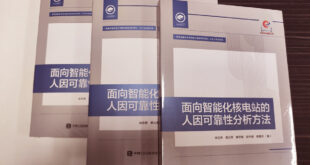Multitasking is common in emergency, which will result in man-made error due to many factors such as inappropriate Mental Workload (MW). To improve the performance under multitasking, the automatic equipment or assistive systems carry out task/interface optimizations according to the MW evaluation results, and the effectiveness of these technologies depends on how to choose an appropriate MW evaluation model. This paper has developed a performance-based Timed Petri Nets (TPN) model to evaluate MW during multitasking. The concrete functioned places and transitions, were proposed to structure a human resource allocation and recovery processes in TPN. The characteristics of operator are interpreted as initial markings of places and delay of transitions.Task performance is calculated as the difference between the triggering time of two transitions and a behavior process structure, respectively. The real-time MW is quantified and expressed as the remaining percentage of tokens in the attention resource place. A case study of triple-task execution was examined for verification of the model. Furthermore, the distinguishability and stability of the model, its comparison with ACT-R,and the application in task optimization were discussed.
REFERENCES:Peng Wang, Weining Fang, Beiyuan Guo.A measure of mental workload during multitasking: Using performance-based Timed Petri Nets.INTERNATIONAL JOURNAL OF INDUSTRIAL ERGONOMICS,2020,75:1-14.
 复杂系统人因与工效学研究所
复杂系统人因与工效学研究所

